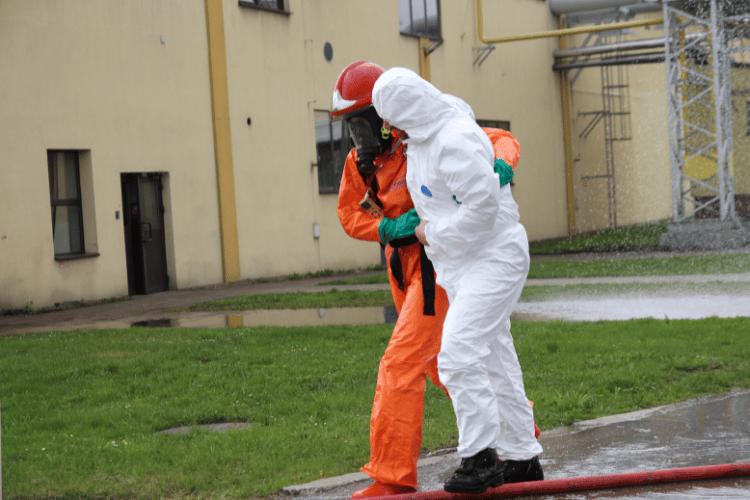
Carbon monoxide (CO) poisoning is a life-threatening condition that often goes undetected until it’s too late. Unlike smoke or gas leaks that have a noticeable smell, carbon monoxide is odorless, colorless, and tasteless, making it a stealthy hazard in homes, workplaces, and vehicles.
While most people don’t think about carbon monoxide in their daily lives, exposure to even small amounts can be deadly. According to the CDC, over 400 Americans die each year from unintentional CO poisoning, with thousands more requiring emergency treatment.
Let’s break down what carbon monoxide poisoning is, how it happens, and—most importantly—how to prevent and treat it before it’s too late.
Understanding Carbon Monoxide Poisoning
Carbon monoxide (CO) poisoning is a critical public health concern that bridges the gap between environmental hazards and personal safety. Now, we delve into a specific and often underestimated threat: carbon monoxide poisoning. This section provides a detailed understanding of what carbon monoxide is, how it causes poisoning, and the familiar sources of this dangerous gas, equipping readers with the knowledge to recognize and mitigate risks.
What is Carbon Monoxide?
Carbon monoxide is a colorless, odorless, and tasteless gas that is highly toxic to humans and animals. It is often referred to as the "silent killer" because its presence is undetectable without specialized equipment, making it particularly dangerous. Chemically, carbon monoxide is composed of one carbon atom and one oxygen atom (CO). It is produced as a byproduct of incomplete combustion, which occurs when fuels such as natural gas, gasoline, wood, coal, or propane do not burn completely.
The danger of carbon monoxide lies in its ability to bind with hemoglobin in the blood, forming carboxyhemoglobin. This process prevents oxygen from being transported effectively throughout the body, leading to oxygen deprivation in vital organs and tissues. Even small amounts of carbon monoxide can cause significant health issues, and prolonged exposure can be fatal.
How Carbon Monoxide Poisoning Occurs
Carbon monoxide poisoning occurs when an individual inhales air containing elevated levels of CO. Once inhaled, the gas quickly enters the bloodstream and begins to interfere with the body's ability to utilize oxygen. The severity of poisoning depends on the concentration of carbon monoxide in the air, the duration of exposure, and the individual's overall health.
Symptoms of carbon monoxide poisoning can range from mild to severe and often mimic those of other illnesses, making it difficult to diagnose. Early symptoms include headache, dizziness, nausea, and fatigue, which can escalate to confusion, chest pain, loss of consciousness, and even death in severe cases. Vulnerable populations, such as children, the elderly, and individuals with pre-existing health conditions, are at a higher risk of experiencing severe effects.
Common Sources of Carbon Monoxide
Carbon monoxide can originate from a variety of sources, many of which are commonly found in homes, workplaces, and vehicles. Understanding these sources is crucial for preventing exposure. Some of the most common sources include:
- Fuel-Burning Appliances: Devices such as gas stoves, water heaters, furnaces, and space heaters can produce carbon monoxide if they are not properly maintained or ventilated. Malfunctioning or poorly installed appliances are particularly hazardous.
- Automobiles: Running a car engine in an enclosed space, such as a garage, can lead to a dangerous buildup of carbon monoxide. Even with the garage door open, the gas can accumulate to unsafe levels.
- Fireplaces and Wood-Burning Stoves: Incomplete combustion of wood in fireplaces or stoves can release carbon monoxide into the air, especially if chimneys or flues are blocked or damaged.
- Portable Generators: During power outages, portable generators are often used as a backup power source. However, operating them indoors or too close to windows and doors can result in carbon monoxide poisoning.
- Outdoor Grills and Camp Stoves: Using charcoal grills or camp stoves indoors or in poorly ventilated areas can produce dangerous levels of carbon monoxide.
- Industrial Equipment: Certain industrial tools and machinery, such as forklifts and welding equipment, can emit carbon monoxide, posing a risk in poorly ventilated work environments.
By identifying these sources and taking preventive measures, such as regular maintenance, proper ventilation, and the use of carbon monoxide detectors, individuals can significantly reduce the risk of exposure and protect themselves and their families from this invisible threat.
Symptoms of Carbon Monoxide Poisoning
In the previous section, we explored the sources and mechanisms of carbon monoxide exposure, highlighting the silent yet pervasive nature of this toxic gas. Now, we turn our attention to the symptoms of carbon monoxide poisoning, which can range from subtle early warning signs to severe, life-threatening conditions. Understanding these symptoms is critical for early detection and intervention, as well as for minimizing the long-term health consequences of exposure.
Early Warning Signs
The early symptoms of carbon monoxide poisoning are often nonspecific and can easily be mistaken for common illnesses such as the flu or food poisoning. These initial signs occur as carbon monoxide begins to interfere with the body's ability to transport oxygen, leading to mild oxygen deprivation. Key early warning signs include:
- Headache: A dull, persistent headache is one of the most common early symptoms of carbon monoxide poisoning.
- Dizziness: A feeling of lightheadedness or unsteadiness may occur, often accompanied by a sense of confusion or disorientation.
- Nausea and Vomiting: Gastrointestinal symptoms, such as nausea and vomiting, are frequently reported in the early stages of exposure.
- Fatigue and Weakness: A general sense of tiredness or muscle weakness can develop, even without physical exertion.
- Shortness of Breath: Mild difficulty breathing or a feeling of tightness in the chest may be present, particularly during physical activity.
These symptoms often worsen with continued exposure and may improve temporarily when the individual moves to fresh air, only to return upon re-exposure. This cyclical pattern can be a key indicator of carbon monoxide poisoning.
Severe Symptoms to Watch For
As exposure to carbon monoxide continues or intensifies, the symptoms become more severe and can escalate rapidly. At this stage, the body's oxygen levels are critically depleted, leading to significant health risks. Severe symptoms to watch for include:
- Confusion and Impaired Judgment: Cognitive functions are heavily affected, resulting in confusion, difficulty concentrating, and poor decision-making.
- Chest Pain: Individuals with pre-existing heart conditions may experience angina or other forms of chest pain due to the increased strain on the cardiovascular system.
- Loss of Consciousness: Fainting or complete loss of consciousness can occur, particularly in cases of high-level exposure.
- Seizures: In extreme cases, carbon monoxide poisoning can trigger seizures due to the lack of oxygen reaching the brain.
- Coma and Death: Prolonged or intense exposure can lead to coma and, ultimately, death if medical intervention is not provided promptly.
It is important to note that the severity of symptoms can vary based on factors such as the concentration of carbon monoxide, the duration of exposure, and the individual's age and overall health. Vulnerable populations, including children, the elderly, and individuals with chronic illnesses, are at a higher risk of experiencing severe symptoms.
Long-term Effects of Poisoning
Even after acute symptoms have been treated, carbon monoxide poisoning can have lasting effects on an individual's health. These long-term consequences, often referred to as delayed neurological sequelae, can manifest days or even weeks after the initial exposure. Common long-term effects include:
- Cognitive Impairment: Memory loss, difficulty concentrating, and other cognitive deficits are frequently reported by survivors of carbon monoxide poisoning.
- Emotional and Psychological Issues: Depression, anxiety, and mood swings can develop as a result of the trauma and neurological damage caused by exposure.
- Cardiovascular Complications: Chronic exposure to carbon monoxide has been linked to an increased risk of heart disease and other cardiovascular issues.
- Neurological Disorders: In severe cases, individuals may experience permanent neurological damage, including motor dysfunction and sensory impairments.
Recognizing the potential for long-term effects underscores the importance of seeking immediate medical attention for suspected carbon monoxide poisoning. Early diagnosis and treatment not only save lives but also reduce the likelihood of enduring health complications.
Causes of Carbon Monoxide Poisoning
Carbon monoxide poisoning occurs when harmful levels of carbon monoxide (CO), a colorless and odorless gas, build up in enclosed or poorly ventilated spaces. This gas is commonly produced by the incomplete combustion of fuels such as wood, coal, gasoline, natural gas, propane, or oil. Since CO is undetectable without specialized equipment, it poses a severe danger to individuals who are unknowingly exposed.
Common Causes of Carbon Monoxide Exposure
Several everyday situations can lead to carbon monoxide exposure. Malfunctioning or improperly vented appliances like furnaces, water heaters, stoves, and fireplaces are among the most frequent sources. Additionally, using portable generators or burning charcoal indoors, running vehicles in closed garages, and improperly installed heating systems can significantly increase the risk of exposure.
Risk Factors for Poisoning
Certain groups face a heightened risk of carbon monoxide poisoning. Older adults, individuals with chronic heart or respiratory conditions, and young children are more susceptible due to their unique physiological needs. Furthermore, those living or working in poorly ventilated spaces are significantly more vulnerable to carbon monoxide exposure.
Environmental Conditions Contributing to Carbon Monoxide
Environmental factors can exacerbate the risk of carbon monoxide buildup. Cold weather often leads to increased use of heating systems, some of which may not be properly maintained. Poor air circulation in tightly sealed homes or workplaces can trap carbon monoxide indoors, making it critical to ensure adequate ventilation and routine inspection of heating appliances.
Treatment for Carbon Monoxide Poisoning
Immediate Steps to Take
If carbon monoxide poisoning is suspected, it is crucial to act quickly. Move the affected individual to fresh air immediately and call emergency services. Turn off any suspected sources of carbon monoxide, such as gas appliances. Avoid re-entering the affected area until it has been deemed safe. Administering 100% oxygen with a mask, if available, can also help reduce the effects while awaiting professional medical assistance.
Medical Treatments for Poisoning
Medical treatment typically involves oxygen therapy to accelerate the removal of carbon monoxide from the bloodstream. High concentrations of oxygen are delivered through a mask or ventilator. For severe cases, hyperbaric oxygen therapy may be used, which involves placing the patient in a pressurized chamber to deliver pure oxygen and promote faster recovery.
Long-term Recovery and Follow-up Care
After treatment, affected individuals may require ongoing monitoring for symptoms like cognitive issues, headaches, or fatigue. Rehabilitation and follow-up appointments with healthcare providers ensure that any lingering effects are managed. It is also essential to implement preventive measures, such as installing carbon monoxide detectors and maintaining proper ventilation, to mitigate future risks.
Preventing Carbon Monoxide Poisoning
Safe Practices in the Home
Preventing carbon monoxide poisoning begins with adopting safe practices at home. Ensure that all fuel-burning appliances, such as stoves, furnaces, and water heaters, are installed and maintained according to the manufacturer's instructions and inspected regularly by qualified professionals. Avoid using portable generators, grills, or camp stoves indoors or in poorly ventilated spaces, as they produce carbon monoxide. Keep chimneys and vents clear of debris to enable proper ventilation, and never leave a vehicle running in an enclosed area like a garage.
Importance of Carbon Monoxide Detectors
Installing carbon monoxide detectors is one of the most effective ways to safeguard against poisoning. Place detectors on every level of the home, especially near bedrooms, to ensure early detection while people are sleeping. Choose alarms that comply with safety standards and include features such as battery backup. Test detectors monthly and replace batteries as needed to maintain functionality. These devices serve as vital warning systems, offering critical time to evacuate and address the issue before it becomes life-threatening.
Community Awareness and Education
Raising community awareness about the risks of carbon monoxide poisoning and its prevention is crucial. Educational campaigns can inform individuals about the dangers of exposure, proper use of fuel-burning devices, and the importance of carbon monoxide detectors. Schools, community centers, and local organizations can host workshops or distribute informational materials to educate residents. Collaborating with public health officials and local governments can further amplify these efforts, ensuring that more families take preventive measures to protect themselves and their loved ones.
Complications of Carbon Monoxide Poisoning
In the previous section, we examined the symptoms of carbon monoxide poisoning, ranging from early warning signs to severe and life-threatening conditions. While immediate treatment can address acute symptoms, the aftermath of carbon monoxide exposure often extends beyond the initial incident. This section delves into the complications that can arise from carbon monoxide poisoning, including potential health issues, its impact on mental health, and strategies for preventing recurrence.
Potential Health Complications
Carbon monoxide poisoning can lead to a range of health complications, many of which stem from the gas's ability to deprive the body of oxygen. The severity and type of complications often depend on the duration and intensity of exposure, as well as the individual's overall health. Common health complications include:
- Neurological Damage: Prolonged oxygen deprivation can result in brain damage, leading to memory loss, difficulty concentrating, and impaired motor skills. In severe cases, individuals may develop conditions such as Parkinsonism or other movement disorders.
- Cardiovascular Issues: Carbon monoxide exposure places significant strain on the heart, increasing the risk of arrhythmias, heart attacks, and long-term cardiovascular disease. Individuals with pre-existing heart conditions are particularly vulnerable.
- Respiratory Problems: Damage to the respiratory system may occur, especially in cases of prolonged exposure. This can result in chronic shortness of breath or reduced lung function.
- Delayed Neurological Sequelae: Some individuals experience a recurrence of symptoms days or weeks after the initial exposure. These delayed effects can include confusion, mood changes, and motor dysfunction, often requiring long-term rehabilitation.
The potential for these complications highlights the importance of prompt medical intervention and thorough follow-up care for anyone exposed to carbon monoxide.
Impact on Mental Health
The psychological and emotional toll of carbon monoxide poisoning is often overlooked but can be profound. Survivors may face a range of mental health challenges, including:
- Post-Traumatic Stress Disorder (PTSD): The experience of a life-threatening event, such as carbon monoxide poisoning, can lead to PTSD. Symptoms may include flashbacks, nightmares, and heightened anxiety.
- Depression and Anxiety: The physical and cognitive effects of poisoning, combined with the trauma of the incident, can contribute to the development of depression and anxiety disorders.
- Cognitive and Emotional Dysregulation: Survivors may struggle with mood swings, irritability, and difficulty managing emotions, which can impact their personal and professional lives.
Addressing the mental health impact of carbon monoxide poisoning requires a holistic approach, including counseling, support groups, and, in some cases, medication. Early intervention can significantly improve outcomes for those affected.
Preventing Recurrence of Poisoning
Preventing a recurrence of carbon monoxide poisoning is essential for safeguarding health and well-being. Effective prevention strategies include:
- Installing Carbon Monoxide Detectors: Placing detectors in key areas of the home, such as near bedrooms and fuel-burning appliances, provides an early warning system for dangerous gas levels.
- Regular Maintenance of Appliances: Ensuring that fuel-burning appliances, such as furnaces, water heaters, and stoves, are properly maintained and serviced by qualified professionals reduces the risk of carbon monoxide leaks.
- Proper Ventilation: Adequate ventilation in areas where combustion occurs, such as garages and kitchens, helps prevent the buildup of carbon monoxide.
- Safe Use of Generators and Grills: Portable generators and charcoal grills should never be used indoors or in enclosed spaces, as they can produce high levels of carbon monoxide.
- Education and Awareness: Educating individuals about the risks and symptoms of carbon monoxide poisoning empowers them to take proactive measures to protect themselves and their families.
By implementing these preventive measures, individuals can significantly reduce the risk of future exposure and ensure a safer living environment.
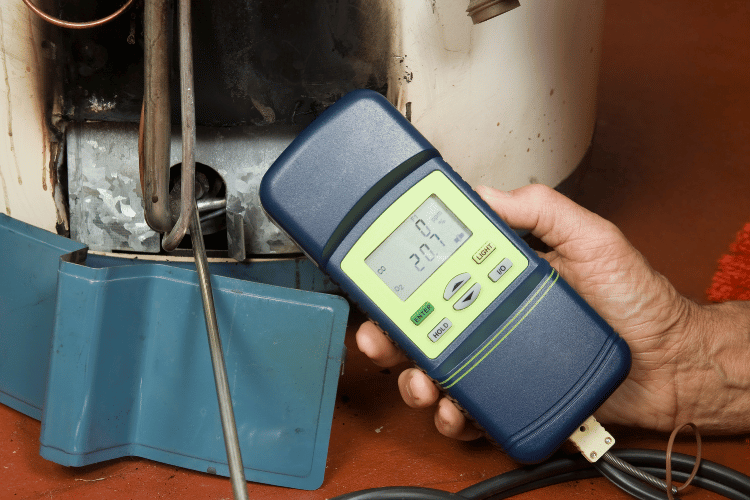
Frequently Asked Questions
What are the common causes of carbon monoxide poisoning?
Carbon monoxide poisoning can occur due to various sources, primarily from the incomplete combustion of fuels. Everyday appliances such as gas heaters, stoves, and generators can emit carbon monoxide if they are not functioning correctly. Additionally, car exhaust and natural gas leaks can significantly contribute to elevated levels of carbon monoxide in enclosed spaces.
What are the symptoms and causes of carbon monoxide poisoning?
The symptoms of CO poisoning may include headache, dizziness, weakness, nausea, and confusion. In severe cases, it can lead to loss of consciousness and even death. The primary cause of these symptoms is the body's inability to transport oxygen due to the interference of carbon monoxide with red blood cells, leading to cellular asphyxiation.
How is carbon monoxide poisoning treated?
Treatment of carbon monoxide poisoning typically involves removing the affected individual from the exposure source and administering oxygen therapy. In cases of severe carbon monoxide poisoning, hyperbaric oxygen may be utilized to expedite the elimination of carbon monoxide from the bloodstream and reduce the risk of brain damage.
What appliances can cause carbon monoxide poisoning?
Various household appliances can be responsible for carbon monoxide poisoning, including gas stoves, heaters, and water heaters. Generators and vehicles that are run in poorly ventilated areas can also produce dangerous levels of carbon monoxide, which can lead to acute carbon monoxide intoxication.
How does exposure to carbon monoxide affect health?
Exposure to carbon monoxide can lead to serious health effects, including brain damage and, in extreme cases, death. Symptoms may worsen with prolonged exposure, and even low levels of carbon monoxide can pose a significant risk of CO poisoning. Chronic carbon monoxide exposure can lead to long-term sequelae affecting cognitive and physical functions.
How can I prevent carbon monoxide poisoning?
To prevent carbon monoxide poisoning, it is crucial to install carbon monoxide detectors in your home, especially near sleeping areas. Regular maintenance of appliances that produce combustion gases, ensuring proper ventilation, and avoiding the use of generators indoors can significantly reduce the risk of carbon monoxide (CO) poisoning.
What are the effects of CO poisoning?
The effects of carbon monoxide poisoning can range from mild symptoms like headaches to severe outcomes such as loss of consciousness and death. Long-term exposure can lead to chronic health issues, including persistent cognitive deficits and other sequelae after carbon monoxide poisoning.
Can carbon monoxide poisoning cause brain damage?
Yes, carbon monoxide poisoning can cause brain damage due to the lack of oxygen reaching the brain. Severe carbon monoxide poisoning may lead to irreversible cognitive impairment and other neurological issues, particularly if not treated promptly with appropriate oxygen therapy.
What is a carbon monoxide alarm and why is it important?
A carbon monoxide alarm is a device that detects elevated levels of carbon monoxide in the air and alerts occupants to potential danger. It is essential for ensuring safety in homes, especially those with gas appliances, as it can provide early warning and prevent the life-threatening effects of carbon monoxide poisoning.
The Bottom Line
Carbon monoxide poisoning is a silent, preventable killer. Unlike fires or gas leaks, it gives no warning, making awareness and proper detectors the best defense. If you or someone experiences unexplained headaches, dizziness, or confusion—especially if multiple people are affected—evacuate immediately and call 911.
Investing in CO alarms and regularly maintaining appliances could mean the difference between life and death. Don’t wait until it’s too late—take action today to protect yourself and your loved ones from this invisible threat.


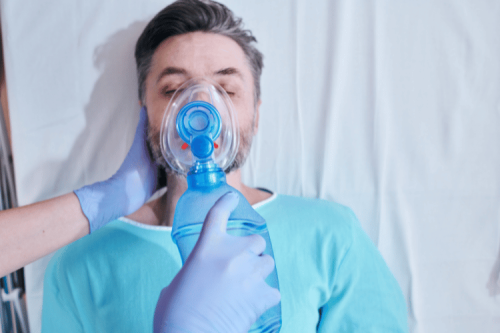
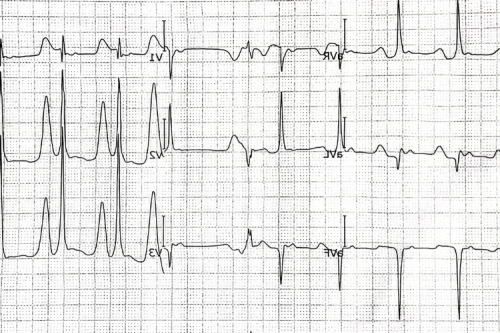
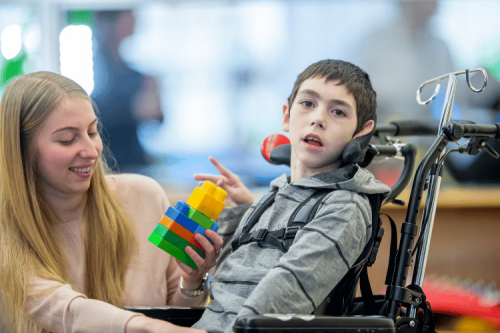
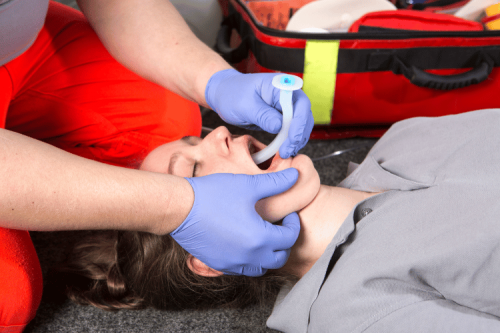
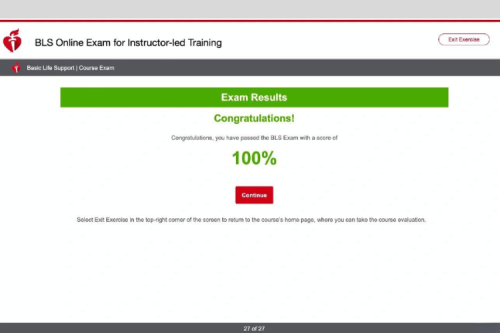
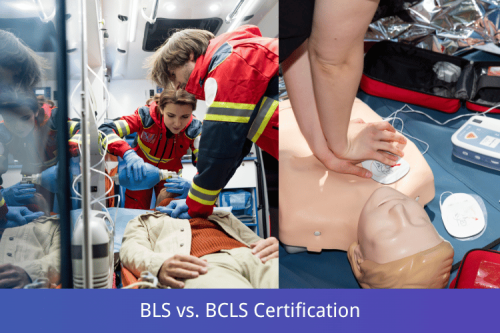
 Login with Google
Login with Google Login with Facebook
Login with Facebook